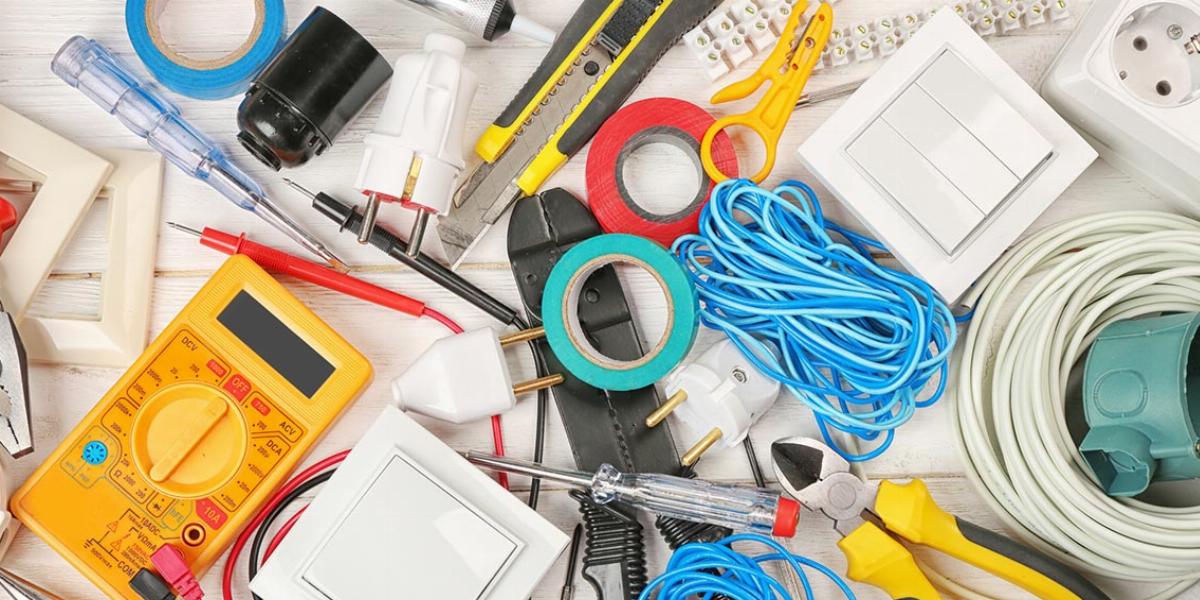
The traditional four-year college path isn’t for everyone. Do you prefer hands-on learning? Enjoy troubleshooting? Becoming a licensed electrician might be the right career for you.
“There’s this mindset that you need to go to school to get a job and the skilled trades turns that on its head.”
Jack Tester | CEO & Founder, Explore The Trades
Your wage as an electrician depends on your level of licensure – apprentice, journeyman or master.
*Source: PayScale.com
Not only is an electrician career profitable, but it’s a skill that you can put to use no matter where you live.
“Today and for the foreseeable future, you can get a job in any town in America. You can decide where you want to live and there will be some employment waiting for you there. I say this for all the skilled trades. It’s a real benefit.”
Jack Tester | CEO & Founder, Explore The Trades
There are many different types of electricians, offering you the flexibility to work in an area that best suits you. Below are a few examples of possible jobs you could qualify for as a licensed electrician.
We’ll talk more about specialized education in Step 5.
According to Natalie Winzer of iHireConstruction, over 11,000 new electrician jobs were added to their database in July 2018. And the need for electricians is projected to grow nine percent from 2016 to 2026 as homes and businesses require more wiring.
Here’s how to enter the field.
A solid understanding of mathematics will be a big help to enter the field. If you’re a high school student considering an electrician career, take courses like algebra, physics and other technical sciences to get a basic understanding of electrical principles. If you’re not a high school graduate, you should focus on getting your GED as your first step to getting into the field.
You can find more information on preparing yourself for this career from professional trade organizations and apprenticeship programs.
On-the-job training is a major component of becoming an electrician. The best way to learn the trade is to work with a seasoned professional. Wondering where to find an apprenticeship? You can start by applying with the NECA, searching for job postings in your area or asking your high school guidance counselor about placement programs.
To begin an apprenticeship program, you will need to:
If you can check all those boxes, it’s time to get to work. Ask electrical contractors and journeymen in your area about coming on as a helper.
“Don’t go looking for a school, go looking for a contractor and sell yourself to that person. Show them that you’re a valuable worker who’s going to show up on time, that you’re eager and have a good attitude.”
Jack Tester | CEO & Founder, Explore The Trades
While you’re mentored in the field, you’ll begin learning the technical aspects of the trade, such as:
The best part of this approach? You get paid while you learn.
After you’ve registered as an apprentice, the next step is to complete classroom training. This is where you’ll learn the ins and outs of local building codes. Ask the journeyman or electrical contractor you’re working with to point you in the right direction.
“Becoming an electrician is a combination of field experience and some classroom hours which are variable by state. Any electrical contractor would be able to point a person in the local area to classroom training opportunities. It focuses on the way the code works. There is some universal code, but there are also some things that are unique by state.”
Jack Tester | CEO & Founder, Explore The Trades
Each state has its own organization that licenses electricians, so requirements may vary. Generally, you must spend at least four years in the field before you qualify for licensure. Check out this State-by-State Electrician Licensing Guide to find the prerequisites in your area.
From building assessment and connectivity to heating and security systems, electricians are trained to handle a range of repairs in both commercial and residential buildings. As your electrician career progresses, you may decide to specialize in a specific area. Some of the most common are:
Inside wiremen specialize in commercial installations, often connecting electrical systems to an outside power source, then distributing the power throughout the facility. From lighting fixtures and electrical outlets to installing alarm systems and control panels, they are responsible for maintenance and repair of new and existing electrical systems.
A residential wireman typically installs and distributes power to single and multi-family housing. Installing main circuit breaker boxes and repairing faulty electrical lines are their basic tasks. But as homes become smarter, they’re also involved with planning for new builds. From security alarms to computer networking and cable television, residential electricians are trained to troubleshoot a wide range of systems.
Outside linemen install, repair and maintain outdoor power lines – often to fix damage during or after severe weather. This job requires physical strength, stamina and balance to climb towers and poles. Outside linemen often work several hundred feet in the air, making this one of the most dangerous electrician jobs—but also one of the best paid.
With so many different types of electrician jobs available, this career path offers a lot of flexibility paired with hands-on training. From job security to the ability to live and work anywhere in the country, there are many perks to working in this field.
Interested in exploring other careers in the trades? Check out the Trades and Construction section of our blog for more industry resources.
